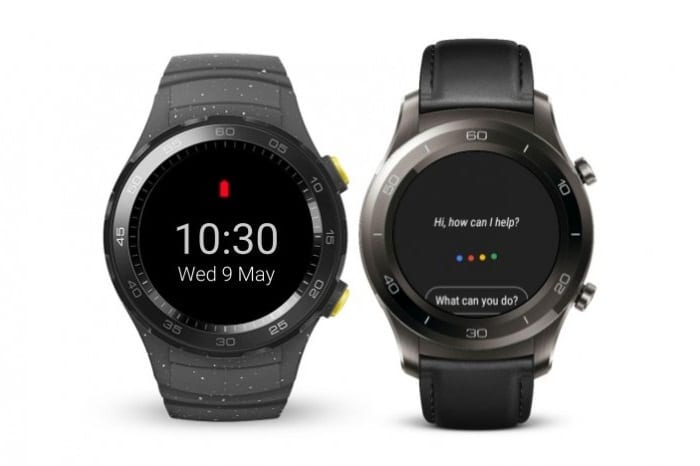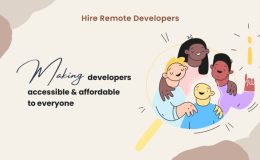Google’s push to offer an open, Android-like experience for wearable devices has stagnated a bit in recent years. However, the company was not going to give up just yet. Back in March, the company started the next chapter of its wearable story with the re-branding of Android Wear as Wear OS. It was followed by the release of the first Wear OS Developer Preview (DP1) in late March. Now one and a half month later, Google has announced the Wear OS Developer Preview 2 (DP2), at the ongoing Google I/O 2018, in California.
Wear OS Developer Preview 2
With the Wear OS Developer Preview 1, we saw some SDK restrictions aimed at improving stability, and a new set of rules for background apps intended to prolong battery life. However, there was one controversial change that received a heavy backlash. In a bid to save power, Google had disabled the watch’s ability to connect to Wi-Fi when they are disconnected from their smartphone Bluetooth pairing. Not surprisingly, it’s gone now with the release of DP2.
Battery life, however, is always a primary concern with smartwatches. And with its previous power-saving idea backfiring, Google has introduced an “enhanced battery saver mode” in DP2. This mode will switch to a power-efficient watch face and disable certain features, including touch input and tilt-to-wake, when the battery runs low. A quick press of the side button will only wake up the screen. Users can still switch back to normal, and restore functionality by a longer press of the button. This, meanwhile, does presume that all Wear OS devices will have at least one physical button.
Support for Actions on Google
Also new in the DP2 is the support for Actions on Google for enhanced Assistant integration. The existing Actions will work on Wear OS out of the box. This would make Wear OS devices more useful when it comes to working with third-party smart objects. It, however, is not exclusive to the preview, and is being rolled out to all Wear 2.0 users.
Smart Reply, which has been around for quite a while now, has also gained support for simplified Chinese language. LG‘s recent FCC filing, meanwhile, also hints at some more changes in the Wear OS.
There’s no word yet on when Google plans to launch the new Wear OS version. But understandably, it’ll happen only after Android P gets released.



















